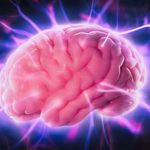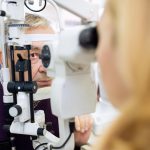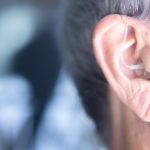
The U.S. Centers for Disease Control and Prevention has resumed a national campaign that uses the stories of former smokers to warn Americans about the many health dangers of tobacco. Known as the “Tips From Former Smokers” campaign, seven new people are featured in ads sharing their stories about how cigarette smoking damaged their health. One tactic is new in this latest round of ads: They take direct aim at the harms of menthol cigarettes, which have become popular among minorities and in marginalized communities. “Many of this year’s new ads include messaging about the harms of menthol cigarettes, which can contribute to tobacco-related health disparities,” the agency noted in a news release. “Menthol in cigarettes can make it easier to start smoking and harder to quit.” Tammy W. is one of the former menthol cigarette smokers featured in the campaign. An avid runner, the 50-year-old ate healthy and avoided drugs and alcohol but had a “side hobby” of smoking menthol cigarettes — like many members of her Little Travers Bay Bands of Odawa Indians tribe. After having chest pains during a daily 10-mile run when she was 44, she went to see her doctor and was told she needed open-heart surgery immediately. During the operation, she flatlined three times and had a stroke. She has since recovered, but she can no longer run as far.… read on > read on >


















